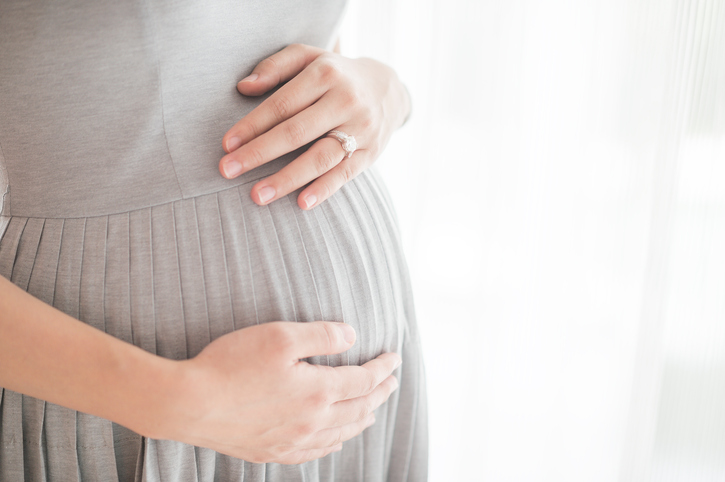 |
“Women with eating disorders should … be recognized as a high-risk population among pregnant women,” wrote Ängla Mantel, M.D., Ph.D., of Karolinska University, Sweden, and colleagues. “[T]hese findings emphasize the importance of developing a reliable antenatal routine enabling identification of women with ongoing or previous eating disorders… .”
Mantel and colleagues analyzed data from the Swedish Medical Birth Registry and other Swedish national health registers looking at demographic data, comorbidities, and complications during pregnancy, delivery, and the neonatal period. The analysis included more than 1 million women who gave birth between January 1, 2003, and December 31, 2014, comprising almost all singleton births in Sweden during this period.
A total of 7,542 women with eating disorders were compared with 1,225,321 women without eating disorders. Eating disorder diagnoses included anorexia, bulimia, and eating disorders not otherwise specified (EDNOS). Women with any of the disorders were further stratified into two groups: those with current eating disorders and those who were diagnosed with eating disorders more than one year before conception.
The analysis revealed the following:
- Women with any eating disorder had nearly twice the risk of hyperemesis.
- Women with anorexia nervosa had a 60% increased risk of pre-birth hemorrhage.
- Women with anorexia had twice the risk of anemia compared with women without eating disorders.
- Women with anorexia nervosa had a 60% increased risk of preterm birth (defined as less than 37 gestational weeks). The risk was smaller for women with bulimia nervosa and women with EDNOS, but significantly higher than in women without an eating disorder.
- The risk of having a baby who was below the sex-specific average weight at birth was increased among women with anorexia nervosa and women with EDNOS compared with women without an eating disorder.
- Women with anorexia nervosa had an almost twofold risk of having a baby with microcephaly. The risk was smaller for women with bulimia nervosa and women with EDNOS, but significantly higher than in women without an eating disorder.
In general, the risks for pregnancy and neonatal complications were higher for women with current eating disorders than those with a history of eating disorders. “Important future research tasks should focus on identifying mechanisms behind the impaired outcomes for women with eating disorders as well as addressing long-term outcome,” the researchers wrote.
For related information, see the Psychiatric News article “Anorexia’s Complex Etiology Opens Path to New Treatments.”
(Image: iStock/Jaengpeng)
Follow Psychiatric News on Twitter!
And check out the new Psychiatric News Brief on Alexa-enabled devices.
And check out the new Psychiatric News Brief on Alexa-enabled devices.


















